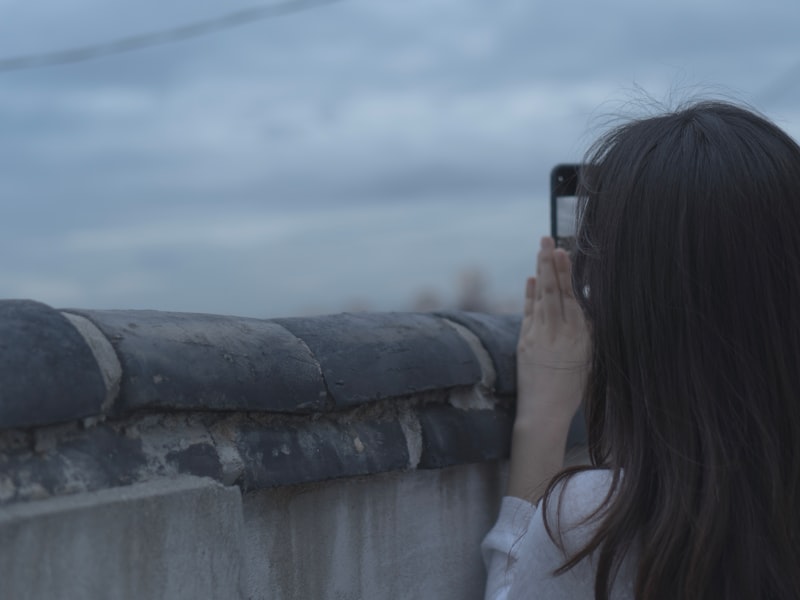Traditional Chinese Medicine is helped by Tui Na massage

For thousands of years Tui Na has been recognized by both Western and Eastern medical practitioners for its health and healing benefits. Tui Na is typically used in conjunction with Traditional Chinese Medicine. It is a combination of elements from acupuncture and the practice of acupressure along with herbalism as well as herbal medicine, tai chi and many other Chinese internal medicines to improve general health. Tui Na has been recognized by both the American Osteopathic Association and the American Dental Association as a alternative to treatment for preventive purposes. Tui Na is especially effective in treatment of periodontal disease is used extensively to treat decay in the teeth.
Tui Na, an alternative treatment similar to acupuncture, is similar. Similar to how Tui Na is a method to prevent and treat conditions of the muscular, skeletal system, Tui Na may be employed to treat problems of the skeletal and muscular systems as well. You can use it to strengthen your skeletal system. As a branch from western traditional Chinese therapy, Tui Na is commonly associated with moxibustion, acupressure, cupping with fire, Chinese herbology, tai-chi, or other specific types of Chinese internal medicine. It is also known as Qi Gong. Many Tui Na supplements are also result of the cross-feeding of different ingredients like ginkgo biloba and ginseng.
The popularity of massage therapy that incorporates Tui Na in America is increasing. A study was conducted by a team of massage therapists located in Wisconsin and seventy-six participants were required to take part in a traditional massage using Chinese practices of medicine as well as the placebo. The results revealed significant increase in the relaxation of muscles as well as improved circulation to the skin. Further studies are now underway at the Michigan Medical School College and in San Francisco.
There are several types of Tui Na massages every one with their distinctive specifics. In Thailand there's a form of tui na massage that is known as "tui Na Pad Thai." This involves the use of your palms and thumbs to massage the area. The technique is called "tui nua the kata" in some parts of Thailand. Additionally, use your index, middle, and thumb to massage the affected region.
Massage for the entire body is performed while the practitioner is completely clothed. The initial portion of the therapy involves manipulative manipulation of muscles and joints, with fingertips, thumbs or elbows. The practitioner applies gentle pressure to the acupressure point in the body, using either lengthy strokes with rapid movements or slow movements. Next, the practitioner will make use of his or her hands to gently massage the skin.
Along with kneading ligaments and joints, whole bodywork involves pressing pressure on the different organs of the body. This includes the spleen, liver, stomach as well as the bladder, intestines, lungs, kidneys, bowels and glands. It is possible to use whole bodywork for a single treatment, or using other massage therapies. In Thailand this type of bodywork may be combined with kneading of the joints and tendons with Thai yoga blocks or with the use of mud masks. When the entire bodywork is done without any additional massage therapies, the practitioner may place mud blocks over specific parts of the body to provide a more powerful impact.
In traditional Chinese medicine, tui na is thought to promote the flow of energy or "life force" through the body. The body may get sick or stagnant when the flow of energy isn't flowing well. Qi may have various effects on organs due to the fact that it moves through the entire body. The organs of some organs are massaged or stimulated by gentle pressure, while others require stimulation and brushed with vigorous motions. Tui Na massage helps transport the qi around the system by helping to bring back the balance of pressure.
Tui Na massage can also be beneficial because it can relieve anxiety and stress. It is often astonished to learn that Tui Na massages can help reduce anxiety. Since the massage can have a relaxing effect, many find that they can relax more easily after the session that they would before the massage, which makes the Chinese massage technique a great option for those who prefer to take a nap during the day or who like to go for long walks.
